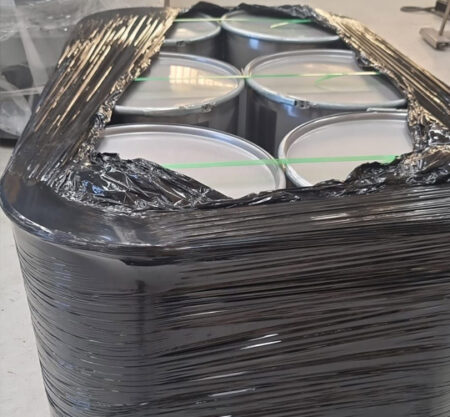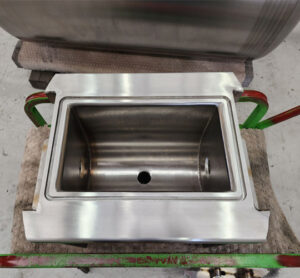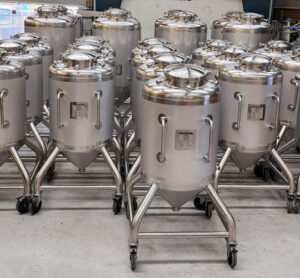
ONE of the leading challenges faced by the food and beverage industry today is the ability to change quickly to meet market demands.
Manufacturers must often develop a specific product or sign a contract to manufacture a product, not knowing whether this time next year the market will have changed and the product no longer has market appeal. Product innovation keeps any manufacturer at the front of his field, but what if the new product requires an equipment change, upgrade or replacement? Companies must therefore acquire equipment that is as flexible and as multi-purpose as possible, as well as meeting quality and efficiency requirements.
Having worked in stainless steel fabrication in the food and beverage industry since 1987, and with extensive experience in liquid and powder blending as well as transfer/handling area, this has been my experience. Moreover, a flexible approach is supported by Lean principles, which we use, together with the SolidWorks 3D modelling program, to put proposals in clear perspective for our customers.
At Stainless Tank & Mix, we seek to provide our customers with the most efficient options in terms of energy usage, time and labour, while offering insight into potential areas that may in the future need to be adapted to meet change requirements.
At the end of last year, a global chemical company that had not ever manufactured in Australia before, but had instead imported finished product from its parent company overseas, approached Stainless Tank &Mix. Initially the enquiry was for the prices for mix tanks but, as a newcomer to the industry, the company wanted a contractor to handle the whole project. Stainless Tank &Mix handled the complete installation including access and loading platforms, pipework, electrical and process control to eliminate issues of scope creep and the like. We also used our industry experience to work with the customer to come up with the initial concept, and we were able to help the customer sift through the conflicting advice from their global associates to come up with the most cost effective solution that incorporated the benefits experienced by these existing plants.
Stainless Tank & Mix didn’t offer the company anything stunningly innovative – the key benefits were industry knowledge and application, a high quality build and a high level of automation. The result was a production facility which is the best it has in the world, according to the company.
Although the main obstacle to creating a flexible production system is cost, there is substantial hidden cost in a production facility that is not well designed. The morale of operators baby-sitting under-performing equipment can suffer, and constant ongoing repairs on-the-run, and equipment and process workarounds, are often difficult to quantify. In an era where the operator does matter, the best way of motivating them is to have a good quality, easy-to-use plant to remove these frustrations.
The chemical company now has a plant that more than meets its initial needs in terms of capacity, accuracy, repeatability and traceability of their product, and the ability to more than double its production capacity easily.



